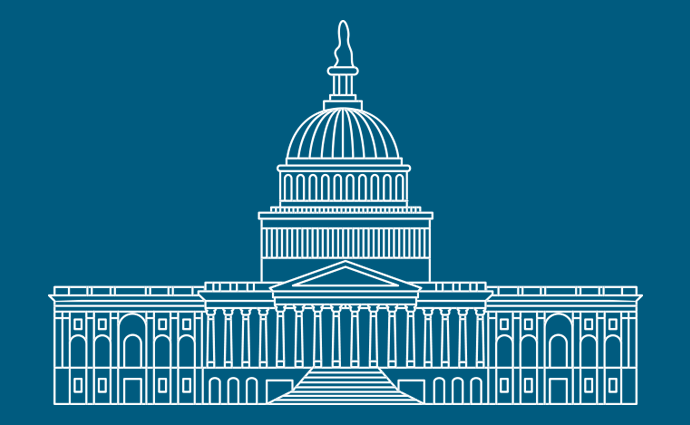As ACA Debate Lingers, Non-Marketplace Members Present Risks
Payers should ensure that their non-marketplace members remain able to purchase high-quality, affordable coverage.

Source: Thinkstock
- While much of the national debate over health insurance has focused on the options open to ACA marketplace enrollees, payers should be careful not to neglect coverage choices for their private plan customers, who tend to be healthier and wealthier, indicates a new study published in Health Affairs.
Since the Affordable Care Act prevents commercial insurance companies from denying coverage to individuals with pre-existing conditions and complex concerns - as well as prohibiting the use of lifetime caps on patient payouts - payers are increasingly reliant on their healthier, financially stable consumer base to keep their risk pools balanced.
“Under the ACA, reforms to the individual market moved toward broader risk pooling, with subsidies and a mandate to encourage participation,” explained a team of researchers from Michigan State University and the Urban Institute.
In 2015, 8.6 million nonelderly adults enrolled in Marketplace plans, while 6.3 million enrolled in off-Marketplace plans.
However, shrinking options and higher out-of-pocket costs may be making some off-Marketplace customers question whether their coverage is worth keeping, despite the tax penalties involved in being uninsured.
“Healthy adults not eligible for subsidies, like many of the purchasers of off-Marketplace plans in our study, may be at risk of dropping coverage as premiums rise and as grandfathered and transitional plans disappear,” the study cautions.
Non-marketplace individuals are not eligible for subsidies, so they rely on stable, affordable premiums in order to retain their benefits. If lawmakers eventually decide to significantly alter or repeal parts of the Affordable Care Act, premiums could rise to a point that would make insurance too costly for non-marketplace enrollees.
Uncertainty over the fate of the legislation has already led several payers to leave the exchanges, which has translated to rising costs for beneficiaries and unbalanced risk pools for payers.
“Rising premiums and insurer exits from the Marketplaces have raised concerns about the stability of the Marketplaces and exposed a fundamental tension between pricing based on individual risk and requiring healthy and sick consumers to pay similar premiums,” the team said.
Payers should ensure that they are offering attractive private plans as well as keeping their ACA marketplace costs under control, the researchers added, in order to ensure that insurance companies can continue to finance their higher risk pools.
“To sustain recent gains in coverage or expand on them, efforts to price coverage based on risk and thereby attract healthy enrollees must be coupled with subsidies for people who would otherwise face high premiums and cost-sharing obligations relative to income,” the team concluded.
